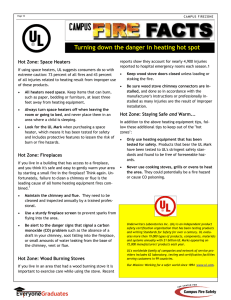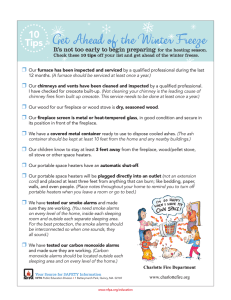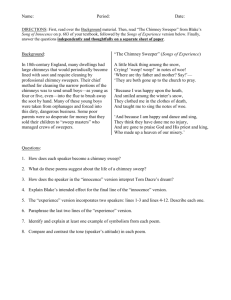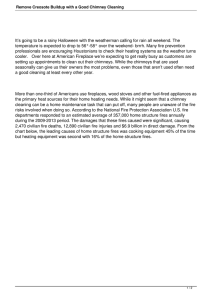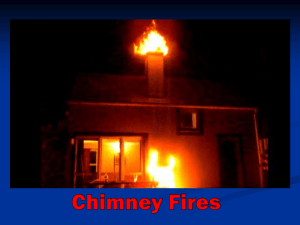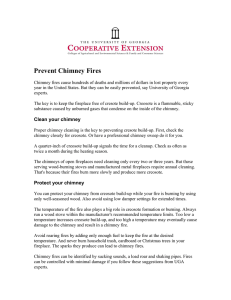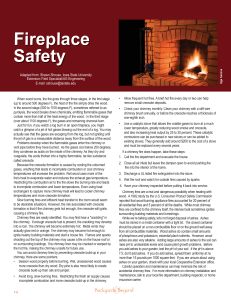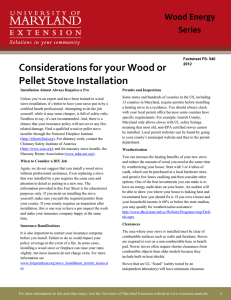Wood-burning stoves
advertisement
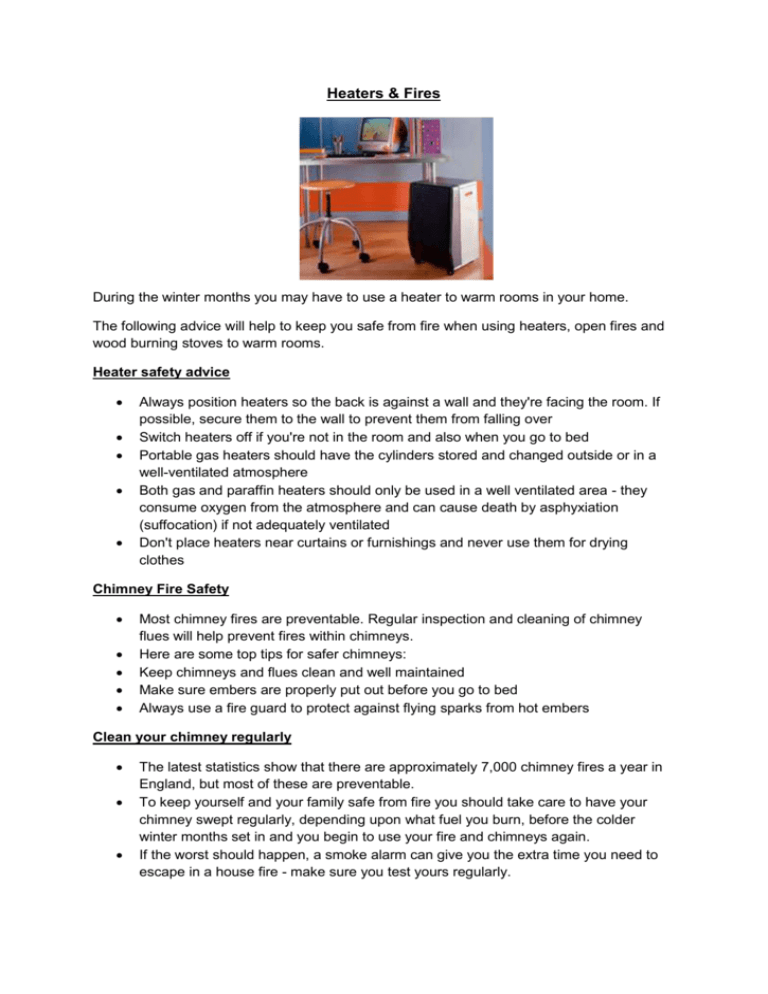
Heaters & Fires During the winter months you may have to use a heater to warm rooms in your home. The following advice will help to keep you safe from fire when using heaters, open fires and wood burning stoves to warm rooms. Heater safety advice Always position heaters so the back is against a wall and they're facing the room. If possible, secure them to the wall to prevent them from falling over Switch heaters off if you're not in the room and also when you go to bed Portable gas heaters should have the cylinders stored and changed outside or in a well-ventilated atmosphere Both gas and paraffin heaters should only be used in a well ventilated area - they consume oxygen from the atmosphere and can cause death by asphyxiation (suffocation) if not adequately ventilated Don't place heaters near curtains or furnishings and never use them for drying clothes Chimney Fire Safety Most chimney fires are preventable. Regular inspection and cleaning of chimney flues will help prevent fires within chimneys. Here are some top tips for safer chimneys: Keep chimneys and flues clean and well maintained Make sure embers are properly put out before you go to bed Always use a fire guard to protect against flying sparks from hot embers Clean your chimney regularly The latest statistics show that there are approximately 7,000 chimney fires a year in England, but most of these are preventable. To keep yourself and your family safe from fire you should take care to have your chimney swept regularly, depending upon what fuel you burn, before the colder winter months set in and you begin to use your fire and chimneys again. If the worst should happen, a smoke alarm can give you the extra time you need to escape in a house fire - make sure you test yours regularly. Tips to reduce the risk of chimney fire It is recommended that these measures are taken to help reduce the risk of chimney fire: Chimneys must be swept on a regular basis this can be as much as three times in the burning season (winter) but at least once per season regardless of fuel type. All wood burned must have a moisture content of no more than 17 percent. It is important to purchase the correct size appliance for your room, an appliance which is too large will never be used hot enough to volatize all of the fuel within the wood and unburned fuel will pass up the chimney as smoke and condense within the flue as extremely flammable creosote. Wood-burning stoves If your wood burner is not burning correctly, contact the company or shop that sold it to you. Or contact the Association of British Solid Fuel Appliance Manufacturers for advice. Follow these guidelines: Do not stack logs or place any other combustible materials immediately adjacent to the stove or boiler. The Service been called to fires caused as a result of logs being stored against the hot external surface of wood burners. Children should be educated about the dangers of fire and should not be permitted near hot surfaces or the stove door. Use a protective fire guard that is suited to the design of the stove within your property. Use extra caution and proper protection when opening the stove door, adding to the fire or touching any part of the wood burning stove to prevent you from getting burnt.
